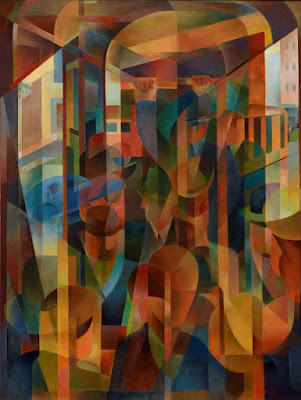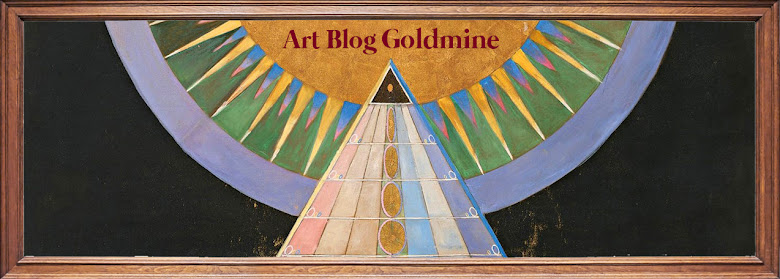Modern Art: from Europe to Australia
In Europe, the transition from classical art to modern art occurred in the mid-19th century. Right before the transition, the academic painting was prevalent. It focused on painting beautified representations of real life. Impressionists, a group of painters in Paris, including Monet, Auguste Renoir, Edgar Degas, and Paul Cezanne rejected conventional academic tradition by capturing sunlight's momentary effect on a subject with rough brush strokes. Rejected by Paris Salon, the official art exhibition of a historic art school in Paris, Impressionists held an independent exhibition in 1874. Critiques and audience greeted their work with derision. A such art movement is Impressionism, and it marked the beginning of modern art in Europe. Modern art refers to experimental and progressive artistic practice that originated from modernism, a global movement that sought new ideas, subjects, and techniques to create artwork that aligned with the experience and values of modern industrial life.In the 20th century, cities were socially, culturally, and physically transformed by the dynamics of modernization. In the rising structures of the metropolis, people adapted to new conditions and improved quality of life. Aspiring artists flocked to cities, especially Sydney, as they were primary sites for the encounter with modernity and diverse artistic critiques. Sydney artists noticed social changes brought by modernization. To depict the rapidly advancing society, artists sought innovative ideas and techniques from Europe, the birthplace of modernism. After returning to Sydney, artists propagated acquired ideas to like-minded artists.
Australian Avant-garde
Based on modernist principles and techniques from Europe, Sydney artists employed them in the Australian context. Australian artists portrayed Australian subjects based on observation of composition, form, and color with European avant-garde ideas and techniques. They developed their artworks further through collaboration. The such artistic practice created modern artworks truly unique to Australia, which was distinguished from European avant-garde artworks.Australian modern art offers insights into the individual creative mind by telling stories of Australian encounters, cultural exchange between Europe, and artistic collaboration.
 |
Roy de Maistre, Rhythmic composition in yellow green minor, 1919, Oil on paperboard |
 |
William Roberts, The interval before Round Ten, 1919-1920, Oil on canvas |
 |
Frank Hinder, Tram kaleidoscope, 1948, Tempera on hardboard |
Thank you for finish reading the article. It is the first article of modern art chapter in the comprehensive study on Australian Art. The study is divided into three chapters according to era: classical, modern and contemporary. To view the complete list of the articles within the study, please direct to the linked article.
To support Art Blog Goldmine:
- Browse and read articles of similar topics in Art History: Modern
- Subscribe to the blog via RSS feed
- Follow Twitter for must-know art history facts and key art world news
- Recommend the blog to art enthusiast communities



No comments:
Post a Comment